If you’re looking to learn how to promote a podcast to grow a listenership, you’re in the right place!
Now that your show has launched and you are consistently producing content, you’ll need to promote each new episode. The following is a basic podcast promotion list for each episode.
This is a generic podcast promotion template that’s suitable for most podcasters, but you may find unique ways to promote your own show.
Publish Your Episodes to YouTube Automatically
If you want a big audience, your podcast needs to be available everywhere. Reach your audience on the largest search engine and #1 podcasting platform on the internet — YouTube. Even though it isn’t a music platform, more people listen to audio content on YouTube than anywhere else.
How does YouTube Republishing work?
YouTube Republishing is available in your Castos dashboard. Castos will convert your podcast audio files to beautiful-looking videos using an image as the visual component. You can set whatever image you like, such as your cover art. The same image is used for each video.
After the basic setup, Castos will automatically publish your videos to the YouTube channel and/or playlist of your choice. Set it once and forget about it.
Why publish your podcast episodes on YouTube?
- Bigger Reach – Share your content with a wider audience.
- Zero Resources – Automatic republishing happens when you publish.
- Enhanced SEO – Amp up your SEO results publishing on YouTube.
- Available Free – Included FREE with all Growth & Pro accounts.
How do you set up YouTube Republishing?
All you need to do is create a one-time connection between your Castos account and the YouTube channel of your choice. After that, anytime a podcast episode is published, it will be automatically converted to a video file with your thumbnail image as the background, and published to YouTube for you.
What’s the cost of YouTube Republishing?
YouTube republishing comes standard on all Growth and Pro plans. You can upgrade your subscription settings right inside your Castos dashboard in the My Account -> Republishing tab.
Start Publishing on YouTube
Zero setup. Turn on and off any time.
How to Promote a Podcast Episode
Lets walk through the key steps you should take to promote a podcast episode.
1. Submit to Listening Apps and Directories
If this is your first episode, you’ll need to submit your show to the major listening apps. Apple Podcasts is the most popular, but there are many more:
- YouTube Podcasts
- Spotify
- TuneIn
- iHeartRadio
- SoundCloud
- Podbay
- Podtail
- Find more podcast directories to submit your show to
Create accounts and submit your RSS feed to every podcast directory so new episodes will automatically be published to each platform. This will expose you to new audiences as they browse their preferred listening app for new shows to consume.

2. Publish at the Right Time
When we spoke with one of our customers about how to promote a podcast, he said it’s critical that you publish at strategic times. If you’re just starting out, look at similar successful podcasts and identify when they publish. If you see a trend, there’s probably a reason. Follow that trend until you have your own data.
Over time dig through your podcast analytics to see when people listen to your episode. If you see a trend within your own audience, experiment to see if it’s true.
3. Let Your Guest Know the Episode is Live
The first thing you should do is notify your guest that the episode is live. The sooner you tell them, the sooner they can promote the episode to their audience. Here’s an email template that you’re free to use, just make sure to customize it to your needs.
Hi NAME,
Thanks for being on the podcast. It turned out awesome and I know our listeners will eat it up 🙂
Reply here if you want any links added to the show notes and I’ll get them up ASAP.
I also have a couple of requests…
First, would you mind giving the show a quick review on iTunes? 5 stars and a quick comment go a long way. Here’s the link: <<link to your show in Apple Podcasts>>
Second, you mentioned when you booked our recording that you could help the episode get a bit of visibility. I’m hoping you could do the following:
- Share the episode on social media.
- Mention the episode to your email list.
- Add the episode to the “featured on” area (or anywhere else relevant) on your website.
- Share the episode with your online community, Slack group, Facebook group, etc.
- Embed the YouTube video somewhere on your website.
I will attach some marketing assets to this email that you’re free to use, such as images, videos, and audiograms. If you want help writing social media posts or email copy, let me know.
Thanks NAME!
Cheers,
<<your name>>
4. Publish the New Episode to Your Website
Create a new post on your podcast website for the episode. Each post should include the title of your episode, an interactive media player for visitors to listen to the episode, and your show notes. It should look something like this:
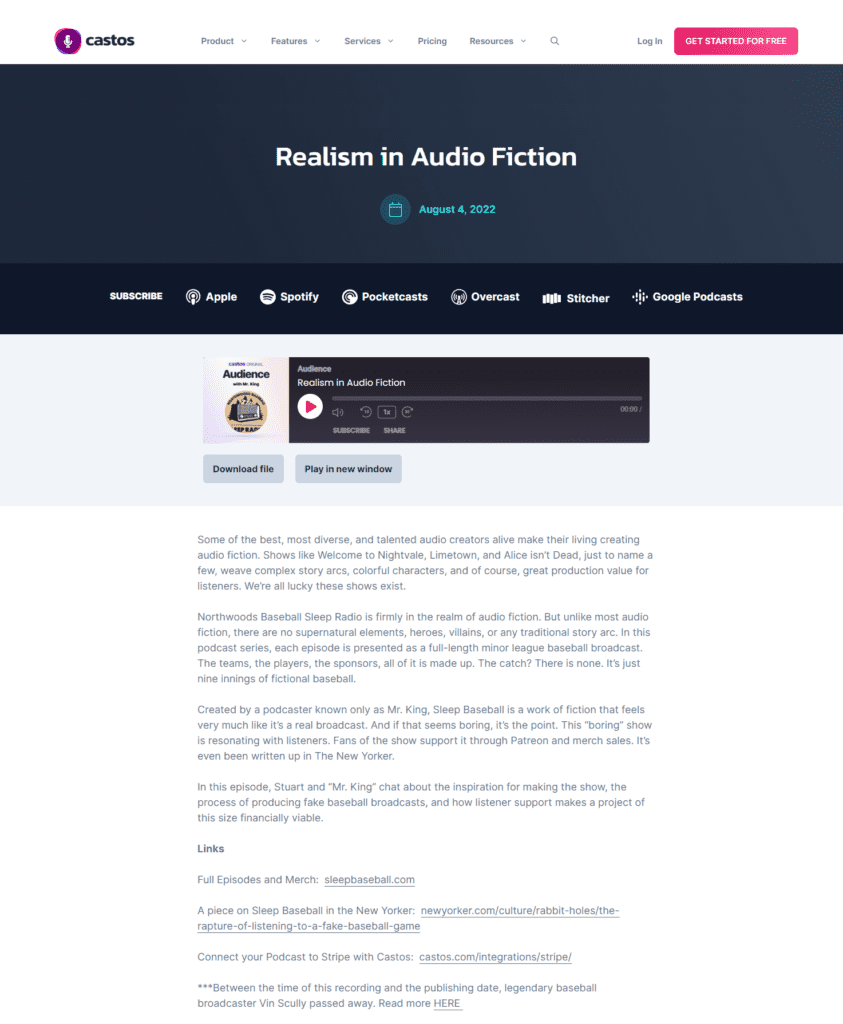
Ideally, you should also include a complete transcription of the episode. This is a great way for non listeners to enjoy your content and for search engines to use to rank you.
With a tool like Seriously Simple Podcasting, you can do this in minutes. Our WordPress plugin creates a custom post type for Podcast episodes. You can upload your episode directly to your Castos account through the WordPress dashboard. This streamlines your workflow and saves time so you can focus on producing the best content possible.
5. Post Actively on Social Media
How often you post on social media is really up to you, but we recommend posting often. Some of the most popular shows are quite aggressive on social media.
Here’s a posting schedule we think works for most podcasters. Feel free to customize this podcast promotion template for your needs. Make sure to use those hashtags you collected earlier.
Day 1 (publish day):
- Tweet x2, morning and afternoon.
- Post on LinkedIn around mid-day.
- Publish your full-length episode on YouTube (or through Castos YouTube Republishing)
Day 2:
- Tweet x2, morning and afternoon.
- Post on Instagram and/or Facebook in the afternoon.
- Post clips on YouTube Shorts or Instagram stories in the evening.
Day 3:
- Post on LinkedIn in the morning, your impression of the episode or feedback you’ve received from listeners so far. (This should be a discussion.)
- Tweet in the evening.
Day 4:
- Post on Instagram and/or Facebook in the afternoon.
- Post clips on YouTube Shorts or Instagram stories in the evening.
- Tweet in the evening.
Furthermore, it’s always important to consider the nature of your content. You may plan to post three clips from each episode, but if one episode has four great clips, share them all!
If you want to be aggressive on social media, checkout CoSchedule’s proposed schedule.
What kinds of content should you publish? We have more information in our guide on promoting a podcast on social media, but here are some content ideas:
- Link to the episode on your site. Use the synopsis as the text.
- Image post of you and your guest.
- Image post of something that relates to the episode (e.g. if you talk about the Statue of Liberty, post a picture of it).
- Image post of guest with overlaid text of something interesting they said.
- Audiogram of guest speaking (something captivating).
Here are some more resources you might find helpful
- How To Promote Your Podcast On Instagram
- Six Key Steps To Promote A Podcast On Facebook
- How to Promote a Podcast: The Ultimate Podcast Marketing Guide
6. Customize Posts to Each Social Media Channel
What works on Facebook doesn’t necessarily work on Twitter. People expect different types of content on those platforms. Facebook, for example, tolerates longer posts and deeper discussions. Twitter is for short updates. Your Instagram posts will only do well if there’s a strong photo attached.
So don’t blast the same social media posts to every platform. Customize them so they’re attractive everywhere.
7. Tease Episodes with Audiograms
An audiogram is a podcast marketing technique to promote your audio content in a visual way. It’s the combination of an image, a soundwave, and an audio track. Sometimes it includes a transcription of the clip (like subtitles). This makes it more attractive to users who expect video content on social media platforms like Facebook, Instagram, and Twitter.

8. Send an Email Newsletter
Once your episode is available on your site and the listening apps, send an email blast to your entire list letting them know about the new content. Use the analytical tools in your email marketing platform to determine the best time to send this notification.
In your email, use the template you created earlier. Be sure to include the episode title, a brief synopsis, the guest’s name (if any), and links to your website and the major listening apps. Some podcasts like to include their show notes in the email body, especially if you have clickable timestamps.
MailChimp Presents is the perfect example. Notice how this email is simple, clean, and straightforward.
9. Engage with Your Private Community
If you have a private community, such as a Facebook group or a membership website, it’s important to notify Those people as well. Like your email subscribers, these listeners are highly engaged with your show, so you don’t want to leave them out.
Fortunately, there’s not much to do here. You can use the images, videos, audiograms, and language that you created for your social media post and newsletter. If possible, make sure this audience is notified with a push notification.
Once the episode is published, this group will undoubtedly have questions and comments. Reply to them in a timely fashion. Remember, these are your biggest fans so they deserve special treatment.
10. Notify Influencers, Brands, and Anyone Mentioned in the Episode
You should always be looking for ways to expose yourself to new audiences. An easy way to do that is to reach out to anyone you mention in an episode.
For instance, suppose that you mention a popular health and fitness influencer in an episode and compliment their downloadable workout routines. Once your episode is live, send a tweet or a quick email to that influencer letting them know about the shout-out. If they like what they hear, there’s a good chance they will share the episode with their followers, thereby exposing you to new potential listeners.

To be fair, however, this only works if you speak positively about the influencer influencer. If you criticize them or their work, they probably won’t share it with their audience. Nor will they share if your content is completely unrelated to their niche, so make sure there is some overlap.
If you find this tactic especially useful, consider sneaking names, brands, or products into your podcast in order to get more exposure.
That said, you aren’t limited to people you mentioned in your show. If you find an influencer with a following that’s similar to your audience, reach out to them to build a relationship. If your content is good for their audience, there’s a good chance they’ll share it.
11. Add Value on Social Media
Social media is a great way to connect with new people to grow your audience. But a lot of hosts use social media is an advertising platform. They simply announce their new episodes, promote their promotions, push their merchandise, and advertise for their sponsors.
Sorry, but your social media presence needs to be more than that!
Instead of announcing a new episode on your preferred social media profile, open a discussion into the topic. Ask the community what they think about the topic or what else they know. Put the focus on them instead of you.
Part of adding value also means giving some things away. Don’t worry – you don’t have to reveal your episode’s big secret/lesson/story, but it’s smart to give your subscriber’s something that exhibits just how much value they’ll get out of the full episode.
We go into more detail about your social media strategy in our full guide: How to Promote a Podcast on Social Media.
That said, some of your content should be self-promotional. Aim for an 80/20 spread, 80% of content should be valuable and 20% should be promotional.
12. Purchase Paid Ads
Paid podcast ads are great ways to collect traffic by connecting with your target audience. Facebook ads display to people whose interests align with your targeting. There are two ways to go about this:
- Purchase ads that link to your podcast’s landing page. This method is easy to set up once and leave it running, but you’ll have to target a broad group, which could be expensive.
- Purchase ads that link to individual episodes. This method is effective because you can target people who are only interested in that episode (often done by targeting your guest’s name), but it’s more complex to set up and you have to do it for every episode.

13. Advertise on Podcast Apps
If you’re already on the popular podcast apps (like Overcast or Listen Notes, etc.), consider boosting your show’s position by purchasing ads. How your ads appear will depend on the app, but in most cases the ad will place your show at the top of your category list. In some cases, the ad will place your show in the “what’s hot” or “most popular” categories (or their equivalents).
14. Check Your Notifications Often
A key part of promoting a podcast is interacting with your audience. As you publish new episodes, post on social media, and send email newsletters, your listeners will undoubtedly reply. Be prepared to join the conversation. Like and share where appropriate.
Your interactions with people in your community are also great ways to develop content for your show. Use their questions and comments as jumping-off points. For example, if several of your listeners ask for more detail about a particular subject, you might decide to address it in yoru next episode.
How to Promote a Podcast Your Way
Learning how to promote a podcast is a trial and error process. Finding the right podcast marketing mix requires testing a few different strategies to see what sticks for your show. It takes creativity and diligence to consistently chip away at.
Along the way, iterate on the strategies that routinely drive new subscribers and keep your eyes open for new ways for an audience to discover you.


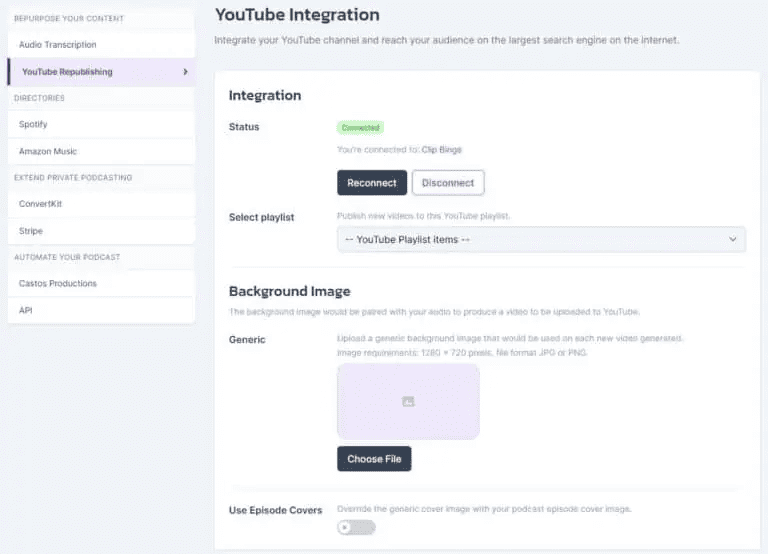
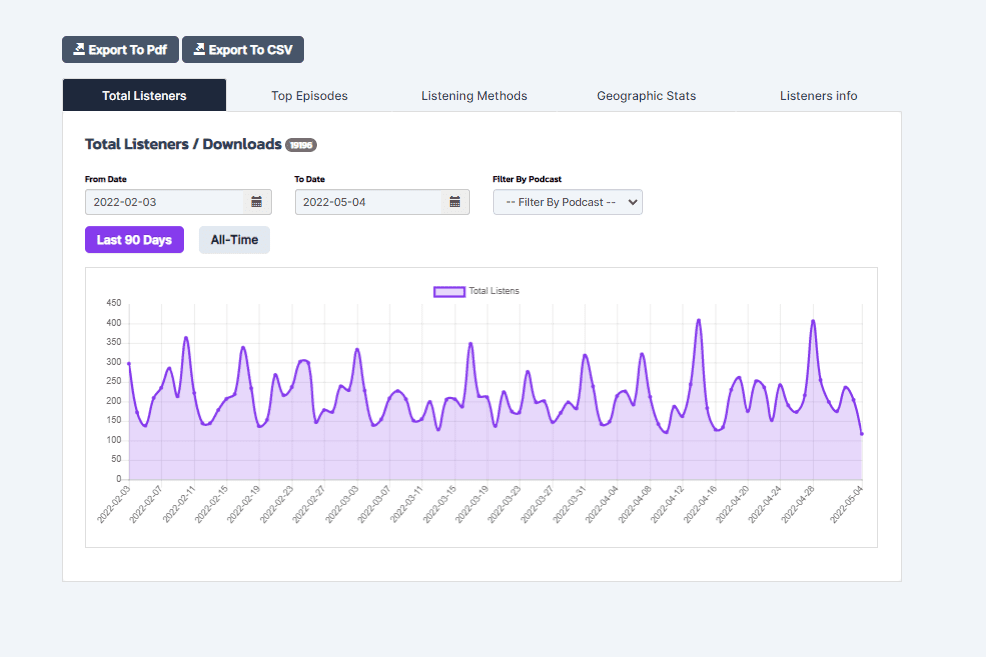
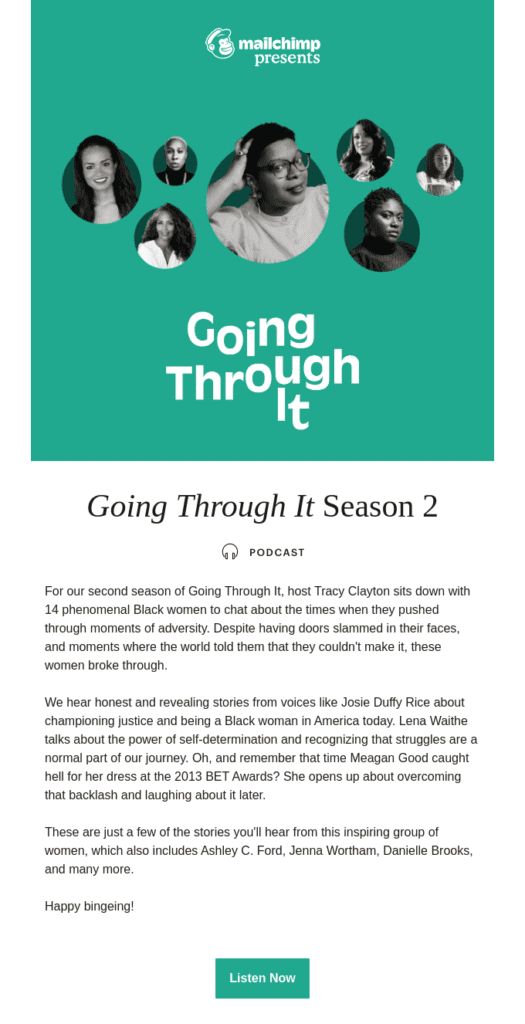


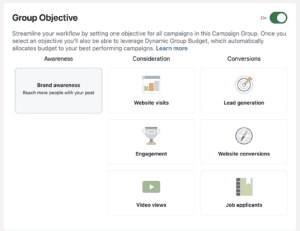
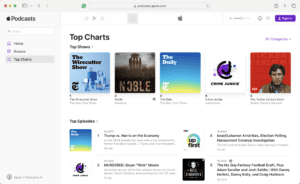
Thank you for sharing this as we need to know about influencer marketer?
This is amazing content
Great article! Thank you
great content…thanks for posting
Extremely useful insights.
Wow! Had no idea this amount of information was available. Thank you.
Really helpful. Just signed up to HARO!
Thank you Dennis,
It’s very helpful content and just what I need to know!
Martin